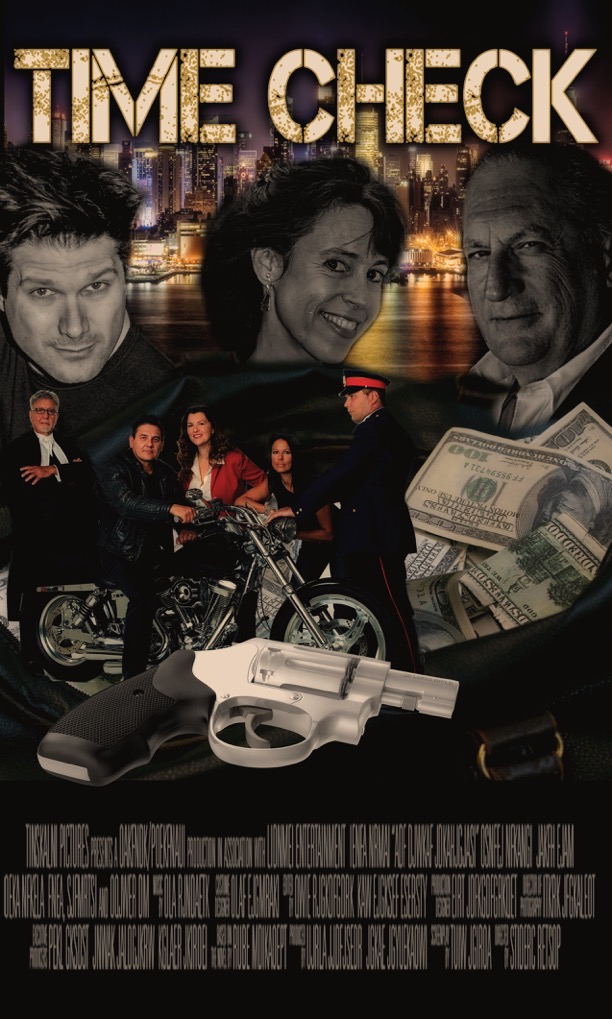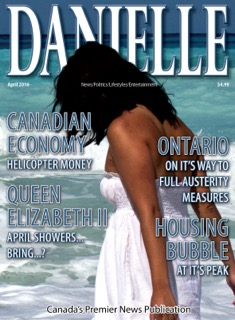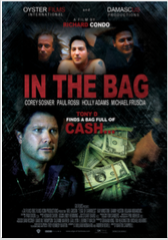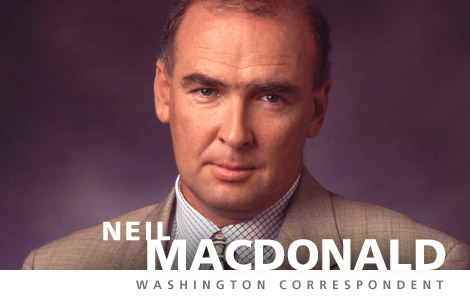Suppose you can build a house for $250,000 and sell it for $400,000. Should you? Personally, I wouldn’t, because I don’t know the first thing about building houses, so my cost would end up way, way above $250,000. But if you watch the TV home shows — Masters of Flip, Property Brothers, Bryan Inc. and at least a dozen others — you know there are all sorts of people out there who do know how to build and renovate houses, and if they can sell for $400,000 what they can make for $250,000, of course they’ll do it. And well they should: If something creates $400,000 of value for a purchaser and only costs $250,000 to produce, that’s a great deal. Satisfying consumer demands is what we have an economy for. The business (and beauty) of a market economy is finding these benefits-greater-than-costs deals.
If those builders keep building, what happens? Costs likely rise, as bottlenecks emerge for workers and supplies. At the same time, the selling price falls: As more houses are built, demand gradually gets satisfied. Eventually, the market reaches a stage where it costs (say) $325,000 to build a new house, while that same new house sells for only $325,000 and so the building stops. Contractors move on to new places where demand is still pressing against supply.
At least that’s what’s supposed to happen. Markets establish an equilibrium between demand and supply. If, in real life, you see permanent differences between building costs and selling prices, something’s gone wrong. And it can go wrong both ways. If the selling price is higher than the building cost, then for some reason new supply isn’t coming on stream to mop up demand. Potential consumer benefits aren’t being satisfied. On the other hand, if houses cost $250,000 to build and only sell for $200,000, then the market is saturated: The area has too many houses. (Think Detroit.) Until either demand recovers or supply declines — when some old houses finally fall over — it doesn’t make sense to build any more.
Either way, a big difference between building cost and selling cost indicates markets are out of whack. The gap could be temporary, as markets catch up to realities. But if it’s long-lasting, something may be interfering with markets, preventing them from doing their gap-closing job.
As the National Post reported recently, Benjamin Dachis and Vincent Thivierge of the C. D. Howe Institute have just published a fascinating newstudy that suggests that in several Canadian cities, badly jammed housing markets are not responding the way they should. What’s gumming them up is government.

Start with Montreal, where I live. As a homeowner, I wish I could report that house prices here were over the moon but in fact, since 2007, the construction price gap — the cost difference between buying and building — has been basically $0. I can always hope for a big demand surge (maybe all those illegal immigrants crossing over from Vermont). Or a big hit to supply (rapid global warming, say, that causes the St. Lawrence to rise and submerge lots of low-lying homes). But I’d probably be hoping in vain.
In other parts of the country, the study found selling costs to be way above building costs. In Vancouver, where the gap is biggest, it was more than $600 per square foot in 2016, the last year for which data are available. Translate that into dollars per average new house and, over the period 2007 to 2016, you get $644,000 in added cost. In Abbotsford, B.C. it was $311,000 in added cost per new house. In Victoria, $264,000. In Toronto, the added cost per new house was “only” $168,000. Still, that’s 22 per cent of the cost of the average new home. In Abbotsford, the cost gap accounts for just over half the cost of a new home. In Vancouver, exactly 50 per cent.
What causes selling prices to stay way above construction costs? Restrictions on supply, whether in the form of zoning laws, greenbelts, development charges or detailed, delay-causing permitting.
We hear lots these days about the sky-high cost of housing. Most policy remedies have been sought on the demand side, with tighter borrowing and mortgaging rules for domestic buyers and taxes or embargoes on foreign purchasers. Dampening demand certainly is part of the story. But economics is about supply, too. Where prices stay way above replacement costs, that’s a sign supply is being restricted.
Taxes aside, most costs of government we hear about tend to be in the tens or hundreds of dollars. Standard estimates of the cost of restrictive dairy policies, for instance, run to several hundred dollars a year in higher prices. But here are costs of government that in some cities soar into the hundreds of thousands of dollars. Entrepreneurial politicians (not always an oxymoron) should take this study and run with it.
















